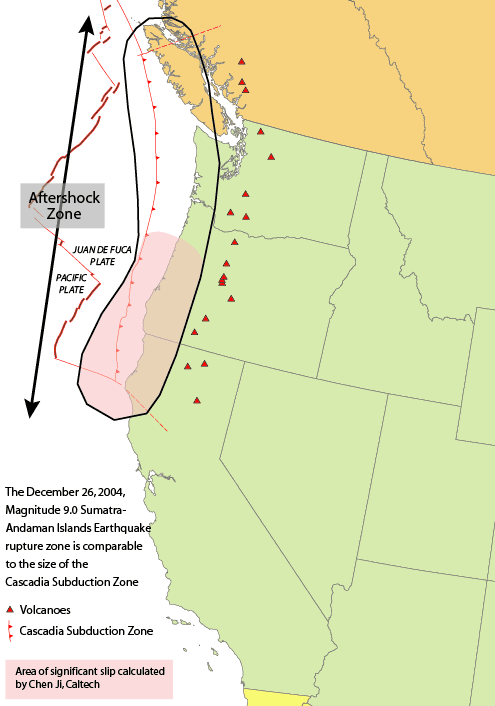The president of the Tokyo Electric Power Co. (TEPCO) has resigned:
In a business practice that recalled the ritual seppuku suicides of samurai warriors, the president of Japan’s largest power company resigned Friday to assume responsibility for the world’s worst nuclear disaster since Chernobyl.
At a nationally televised news conference, Masataka Shimizu bowed deeply in an exhibition of remorse and declared, “I am resigning for having shattered public trust about nuclear power and for having caused so many problems and fears for the people.
“I want to take managerial responsibility and bring a symbolic close.”
Whether it’s a hearkening-back to Samurai ethos or not, he should have resigned long ago, as soon as it became clear that the company he headed was doing everything it could to conceal the extent of the actual damage both from the media and from the government.
There is a widespread feeling the government and TEPCO officials did not disclose all they knew during the early days of the crisis and have been less than forthcoming since.
In the first weeks after the earthquake, TEPCO officials received 40,000 complaints a day about the lack of information. Police had to be assigned to guard the company’s offices from anti-nuclear protesters.
This week, TEPCO released documents showing it was dealing with three simultaneous nuclear meltdowns, while reassuring people the fuel rods were safely intact in all the reactors.
“Why did it take two months to get to this point?” demanded a Wednesday editorial in the Nikkei business newspaper.
“Even a rough calculation of conditions inside the reactors would have helped in choosing the best response.”
Public confidence was shaken further when it emerged engineers at Fukushima were so unprepared for the disaster, they had to scavenge flashlights from nearby homes and used car batteries to try to reactivate damaged reactor gauges.
Nobody with an ounce of sense is criticizing the workers at the plant for their reaction to an earthquake that was far in excess of the design for the reactors, or a tsunami that was much higher than anything the designers had foreseen. Shit happens, and it was the daily double of fantastically unlikely natural disasters that struck the plant.
The company, however, deserves more than just a light dusting of shame for the way they appear to have been actively preventing the real state of the plant becoming known to the international nuclear community and the national government. A nuclear disaster is everyone’s business, and there were resources available to TEPCO that they signally failed to draw upon. Saving face is not an acceptable reaction to this kind of catastrophe.

 The most likely megaquake on the West Coast would be much further north — in fact, 50 miles off the coast between Cape Mendocino in northern California and Vancouver Island in southern British Columbia. This 680-mile strip of seabed is home to the Cascadia subduction zone, where oceanic crust known as the Juan de Fuca plate is forced under the ancient North American plate that forms the continent. For much of its length, the two sides of this huge subduction zone are locked together, accumulating stresses that are capable of triggering megaquakes in excess of magnitude 9.0 when they eventually slip. As such, Cascadia is more than a match for anything off the coast of Japan.
The most likely megaquake on the West Coast would be much further north — in fact, 50 miles off the coast between Cape Mendocino in northern California and Vancouver Island in southern British Columbia. This 680-mile strip of seabed is home to the Cascadia subduction zone, where oceanic crust known as the Juan de Fuca plate is forced under the ancient North American plate that forms the continent. For much of its length, the two sides of this huge subduction zone are locked together, accumulating stresses that are capable of triggering megaquakes in excess of magnitude 9.0 when they eventually slip. As such, Cascadia is more than a match for anything off the coast of Japan.





